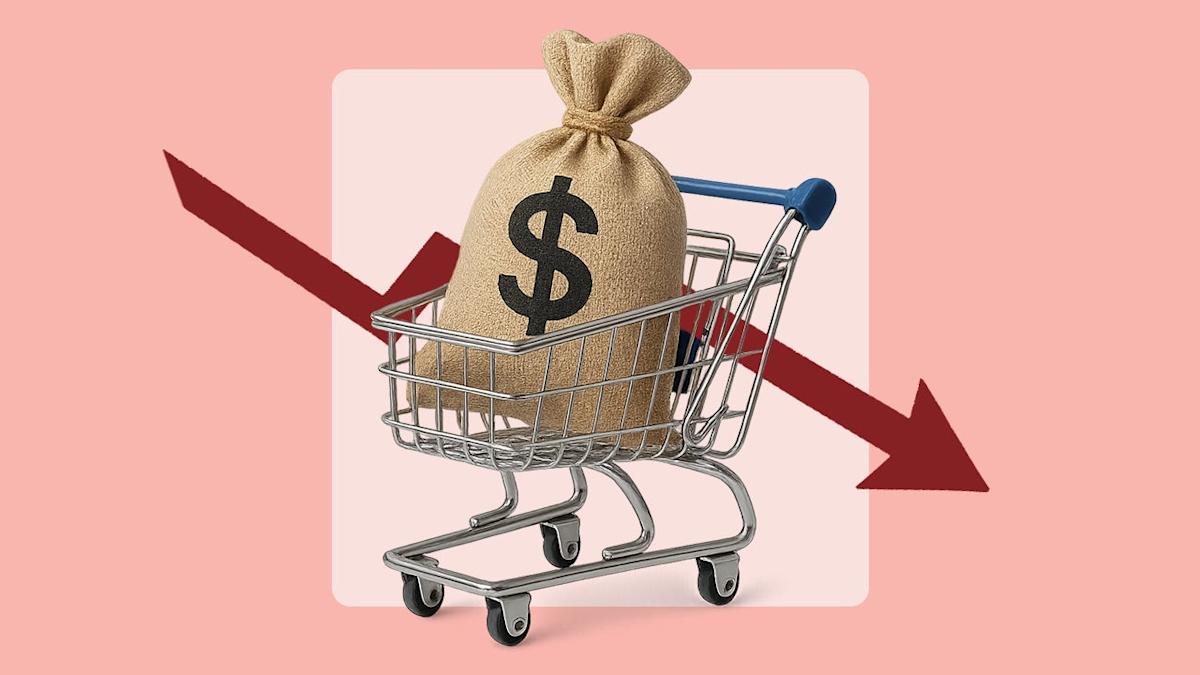First came historic inflation and elevated interest rates. Then came aggressive tariffs, recession fears, market volatility and a tit-for-tat trade war. For years now, Americans have felt poorly about the U.S. economy — and new data from Bankrate suggests many people aren’t feeling better, even after electing a new administration to help them heal from higher prices.
More than half of Americans (56 percent) say they believe that the U.S. economy is headed in the wrong direction, according to Bankrate’s new Consumer Sentiment Survey. That’s virtually unchanged from a similar Bankrate poll published before the November 2024 presidential elections, when 55 percent felt the economy was on the wrong track.
What’s more, most Americans do not appear to support Trump’s signature remedy for the economy: increased tariffs. Among the policies either proposed or advanced by the Trump administration, Americans are the most downbeat about higher import taxes on foreign-made and imported goods. More than two-thirds (or 65 percent) believe tariffs will worsen their personal finances, with 41 percent believing they will “greatly” damage their money.
Inflation is slowing, and borrowing costs have also come down some since Trump’s election. President Donald Trump, meanwhile, is rushing to make his first-term tax cuts permanent before they expire at the end of the year, moves that could help prevent Americans from experiencing even more sticker shock with their purchasing power. Overshadowing any bright spots in the U.S. economy, however, are tariffs — which economists say are raising the risk of both more inflation and a recession.
Trump has moved further and faster with tariffs than he did in his first term. He’s slapped tariffs on steel and aluminum imports, as well as cars and auto parts, and announced a universal baseline 10 percent tariff on every country that trades with the U.S. He shocked the world even more in early April during his “Liberation Day” tariff announcements, instituting levies as high as 84 percent on countries who he alleges have created unfair trading barriers with the U.S.
Many of those harshest tariff hikes are currently facing legal challenges. Even so, the current U.S. tariff rate is the highest in nearly a century, costing the average U.S. consumer an extra $2,500 a year, according to estimates from the Yale Budget Lab. Those are costs few Americans had room to absorb in their budgets even before post-pandemic inflation. Since 2019, only about 2 in 5 Americans have told Bankrate that they’d pay an emergency $1,000 expense with their savings.
